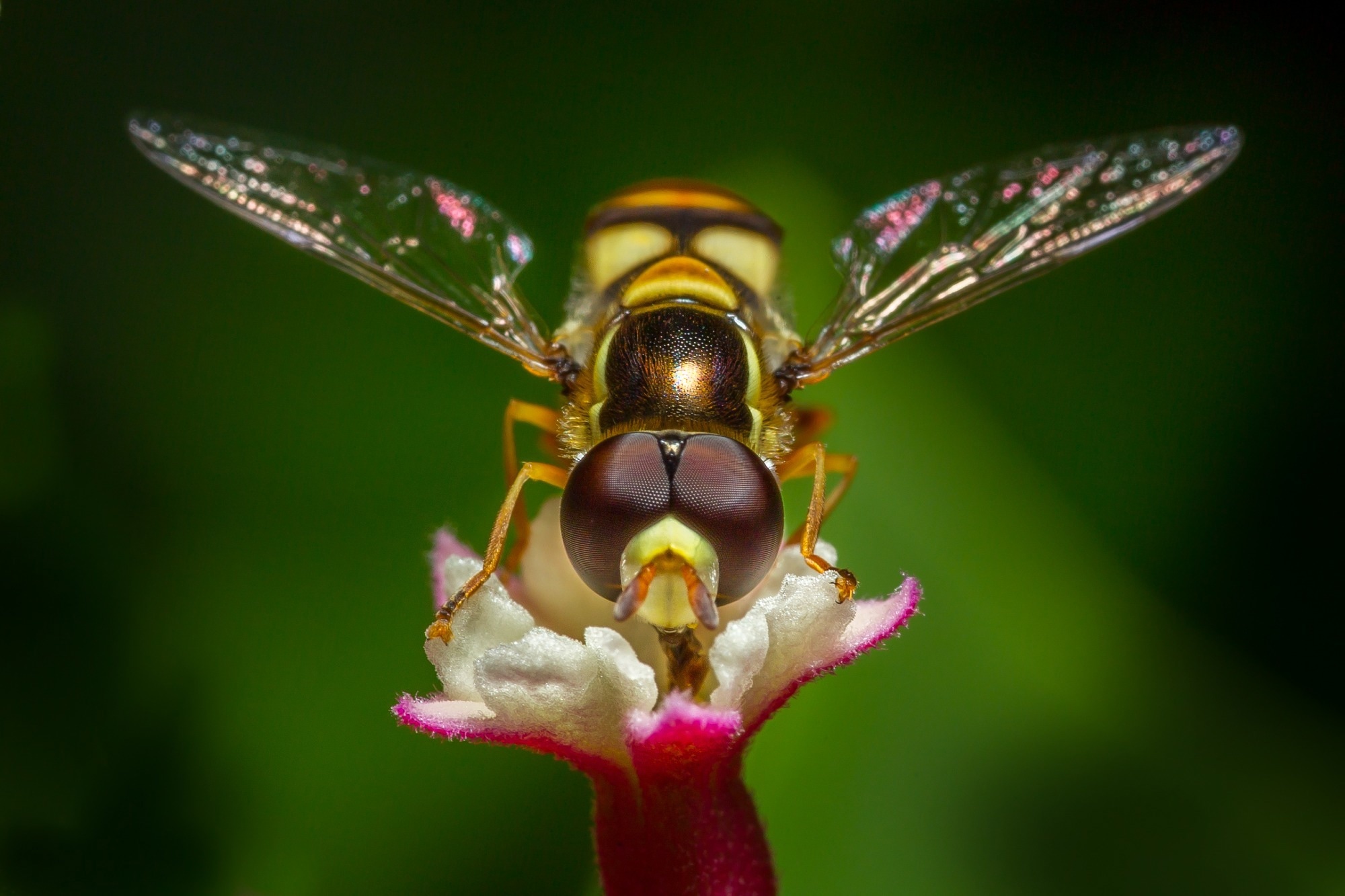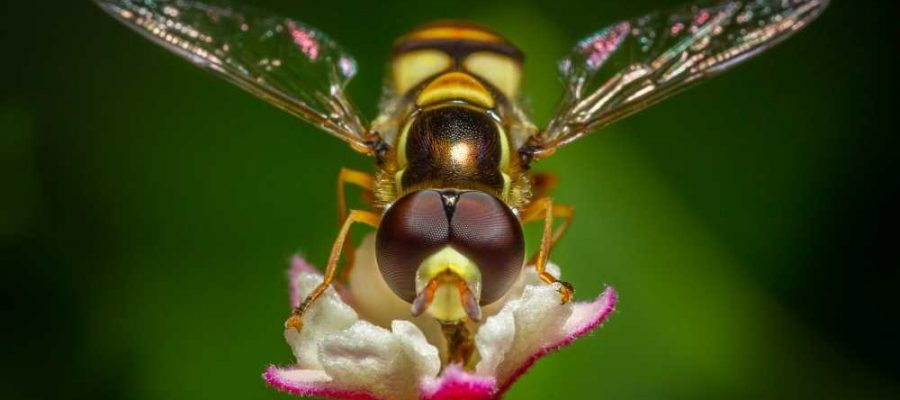In a recent study published in the journal PLOS Pathogens, researchers investigated the outcomes of coinfections of two viruses — Drosophila C Virus (DCV) and Cricket Paralysis Virus (CrPV) in 25 inbred lines of Drosophila melanogaster and 47 other host species belonging to the Drosophilidae family.
 Study: Investigating the outcomes of virus coinfection within and across host species. Image Credit: kajornyot wildlife photography / Shutterstock
Study: Investigating the outcomes of virus coinfection within and across host species. Image Credit: kajornyot wildlife photography / Shutterstock
Background
The infection of a host with multiple pathogenic species or lineages is common in the real world, and factors such as virulence, clinical outcomes, viral loads, and transmission rates of the pathogens can change based on the interactions between infecting pathogens. Furthermore, portage pharmacy the interactions between the pathogens can also change the dynamics of the disease at a population level, such as the prevalence of one virus influencing the spread of the other or established pathogens preventing the establishment of a novel virus in the population.
These interactions between coinfecting pathogens result in changing selection pressures on the pathogens and the host, which drives the genetic diversity within the pathogen population. Coinfecting pathogens can interact directly with each other by inhibiting or modulating the other pathogen’s gene expression or producing toxins or hybrid virions, or indirectly through interactions with the host immune system or competing for the resources within the host. Research indicates that host genotypes and the dietary choices of the host influence the outcomes of the coinfection. However, the outcomes of coinfections across host species remain largely understudied.
About the study
In the present study, the researchers used two Cripaviruses, DCV, and CrPV, to coinfect different lines of Drosophila melanogaster and 47 species from the family Drosophilidae. The viral loads for single infections and coinfections were compared across the Drosophila lines and Drosophilidae hosts. Analyzing the viral loads and the difference in viral loads between single infections and coinfections helped quantify the host susceptibility to DCV and CrPV across phylogenetic and genetic components. It also helped understand the direction and strength of the interactions between the two viruses during the coinfection.
CrPV and DCP are similar in their interactions with the host Drosophila melanogaster in that they both activate the immune deficiency (IMD) pathway and are targeted by the antiviral ribonucleic acid (RNA) interference (RNAi) pathway. Both viruses encode antiviral RNAi inhibitors to prevent antiviral RNAi action, but these inhibitors bind to different targets. Furthermore, differences also exist in phenotypic changes induced by the viruses. DCV infections cause food to accumulate in the Drosophila fly crop, resulting in intestinal obstruction and subsequent nutritional stress, which is not observed in CrPV infections.
Based on the differences in RNAi inhibitor targets and the phenotypic changes induced by the virus in the host, the interactions between DCVp and CrPV could be indirect via the transactivation of the antiviral gene expression in the host, suppression of antiviral RNAi, or resource competition. It could directly suppress the host immune system and enhance the replication and growth of both viruses or result in lower viral loads of one of the viruses.
Publicly available sequences for specific genes for the hosts were used to reconstruct the host phylogeny, while RNA extracted from infected Drosophila was used to carry out quantitative reverse transcription polymerase chain reaction (qRT-PCR) for viral markers to determine the viral load.
Results
The results reported that across the 25 inbred lines of Drosophila melanogaster, interactions between the two viruses resulted in a 2.5-fold decrease in the viral loads of CrPV along with a three-fold increase in DCV accumulation during coinfections as compared to a single infection. The genetic basis of the host did not seem to influence interactions between the two viruses during coinfections.
Furthermore, the susceptibility to the viruses during the coinfection did not seem to be influenced by variations in host genetics, and in a large number of the Drosophilidae species, no interactions were noticed between CrPV and DCV during coinfections. While during single infections, the genetic variation across the host species was associated with varying susceptibility, similar associations between the genetic component of the host and either the changing susceptibility to a coinfecting virus or the strength of the viral interactions during coinfections were not observed.
Conclusions
Overall, the findings indicated that while interactions between CrPV and DCV during coinfections in Drosophila melanogaster result in an increase in the viral loads of DCV and a decrease in the CrPV viral loads, the host genetics do not seem to influence these interactions. Furthermore, the evolutionary relationships or the genetic variation between the host species did not influence the changes in interactions between the viruses during single infections and coinfections.
- Imrie, R. M., Walsh, S. K., Roberts, K. E., Lello, J., & Longdon, B. (2023). Investigating the outcomes of virus coinfection within and across host species. PLOS Pathogens, 19(5), e1011044-. https://doi.org/10.1371/journal.ppat.1011044, https://journals.plos.org/plospathogens/article?id=10.1371/journal.ppat.1011044
Posted in: Medical Science News | Life Sciences News | Medical Research News | Disease/Infection News
Tags: Food, Gene, Gene Expression, Genes, Genetic, Genetics, Immune System, Paralysis, Pathogen, Phylogeny, Polymerase, Polymerase Chain Reaction, Research, Ribonucleic Acid, RNA, RNAi, Stress, Toxins, Transcription, Virus
.jpg)
Written by
Dr. Chinta Sidharthan
Chinta Sidharthan is a writer based in Bangalore, India. Her academic background is in evolutionary biology and genetics, and she has extensive experience in scientific research, teaching, science writing, and herpetology. Chinta holds a Ph.D. in evolutionary biology from the Indian Institute of Science and is passionate about science education, writing, animals, wildlife, and conservation. For her doctoral research, she explored the origins and diversification of blindsnakes in India, as a part of which she did extensive fieldwork in the jungles of southern India. She has received the Canadian Governor General’s bronze medal and Bangalore University gold medal for academic excellence and published her research in high-impact journals.
Source: Read Full Article
